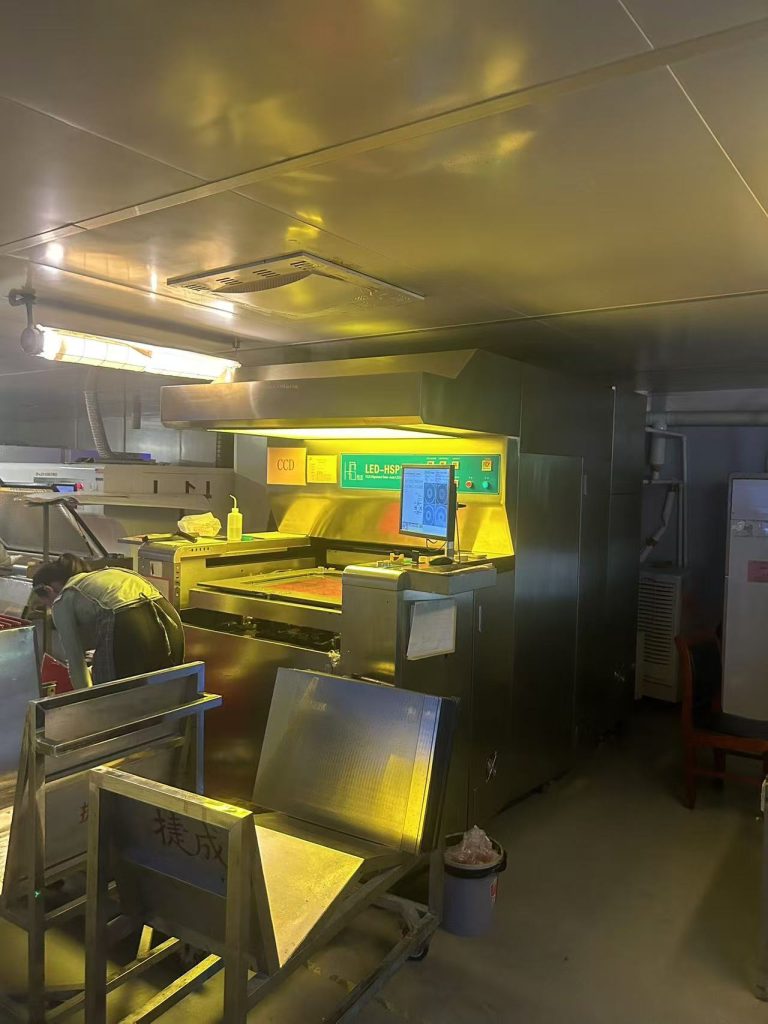Different PCB line develop process has their own characteristics and applicable scenarios, here we come to a detailed understanding of the differences between them.

The traditional wet process development
Process principle
-
- Wet process development is mainly the use of chemical solutions and unexposed photographic materials to react, and dissolve it, so that the exposure part of the line pattern appears. Usually used developing solution is an alkaline solution, such as sodium carbonate solution.
Advantages
-
- Mature technology: wet process development is a traditional PCB manufacturing process, after years of development and improvement, the technology is relatively mature, with high process stability.
- Lower cost: the equipment and chemicals required are relatively common, and the cost is relatively low.
Disadvantages
-
- Environmental issues: the use of chemical solutions will produce wastewater, which needs to be treated, otherwise it will cause pollution to the environment.
- Precision limitations: in the development process, due to the diffusion and penetration of the chemical solution, the line edge is not clear enough, affecting the accuracy.
Dry film development
Process principle
-
- Dry film development is through the PCB surface with a layer of dry film photographic material, after exposure, the use of a specific developer dissolves the unexposed part of the dry film, thus revealing the line pattern.
Advantages
-
- High precision: The dry film fits well with the PCB surface, which can realize high line precision.
- Applicable to complex patterns: For some complex line patterns, dry film development can better ensure the integrity and accuracy of the pattern.
Disadvantages
-
- Higher cost: the price of dry film material and developer is relatively high, increasing the production cost.
- High operational requirements: the dry film attachment and exposure process needs to be strictly controlled, otherwise it is prone to quality problems.
Inkjet developing
Process principle
-
- Inkjet development is the use of inkjet printers that will be specially developed for liquid spray printing to the PCB surface, only in the need to develop the area to develop, so as to form the line pattern.
Advantages
-
- High flexibility: the development pattern can be adjusted at any time according to different design requirements, which is very suitable for small-lot, diversified production needs.
- Environmentally friendly: Compared with traditional wet process development, inkjet development produces less wastewater and is more environmentally friendly.
Disadvantages
-
- Slow speed: Due to the point-by-point printing, the development speed is relatively slow, and not suitable for mass production.
- High cost of equipment: specialized inkjet developing equipment is required, and the investment in equipment is large.
Fourth, the application of different processes
- The traditional wet process development is suitable for large-scale, not particularly high precision requirements of PCB production. For example, some common consumer electronics PCB manufacturing.
- Dry film development is suitable for high-precision, complex line pattern PCB production. Such as high-end communication equipment, computer motherboards, and so on.
- Inkjet development is suitable for small batch, highly customized PCB production. For example, some R & D stages of sample production or special industry-specific PCB.
Different PCB line development process has their own advantages and disadvantages, in the actual production needs to be based on specific needs and production conditions to choose the right process to ensure the quality of the PCB and production efficiency.
